1. Why Spring Migration Matters

Every year, as the seasons shift, millions of birds take to the skies, traveling thousands of miles between their wintering and breeding grounds. It’s one of nature’s most spectacular events, filling the skies with flocks of waterfowl, shorebirds, and songbirds. But along with the beauty of migration comes a hidden risk: the potential spread of avian flu. As birds move across continents, they carry viruses with them, often shedding them in waterways, fields, and even urban parks.
Spring migration is particularly concerning because birds are traveling in large numbers, often stopping in shared resting areas where viruses can easily spread. This means that once an outbreak starts, it can quickly escalate, impacting bird populations and even making its way to domestic poultry and mammals. Wildlife experts and farmers alike brace for this time of year, knowing that a single infected bird could spark a chain reaction affecting entire ecosystems.
2. How Avian Flu Spreads
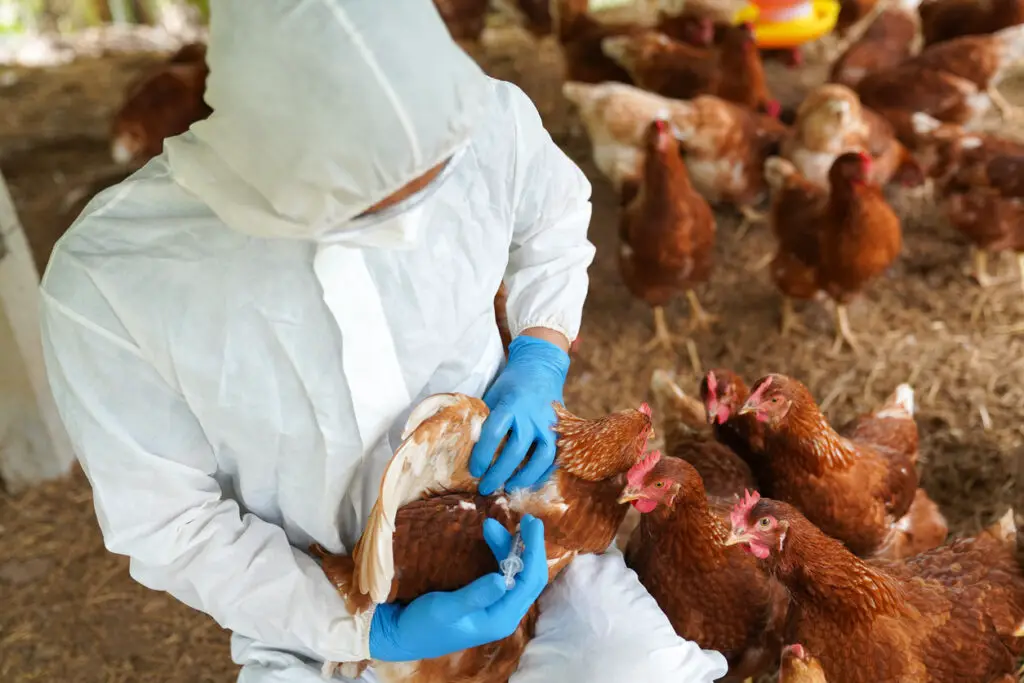
Bird flu, or highly pathogenic avian influenza (HPAI), spreads primarily through direct contact between birds, contaminated water, or surfaces carrying the virus. Migratory birds, especially waterfowl like ducks and geese, are often asymptomatic carriers, meaning they can spread the virus without appearing sick. This makes tracking and containing the disease even more challenging, as infected birds continue their journeys undetected.
Once the virus enters a new environment, it can quickly affect other bird species, including backyard chickens, farm poultry, and even raptors that feed on infected prey. In rare cases, mammals such as foxes, skunks, and even domestic pets have contracted the virus after consuming infected birds. This ability to jump between species is what makes avian flu a global concern, raising questions about its potential to evolve further.
3. The Impact on Poultry Farms
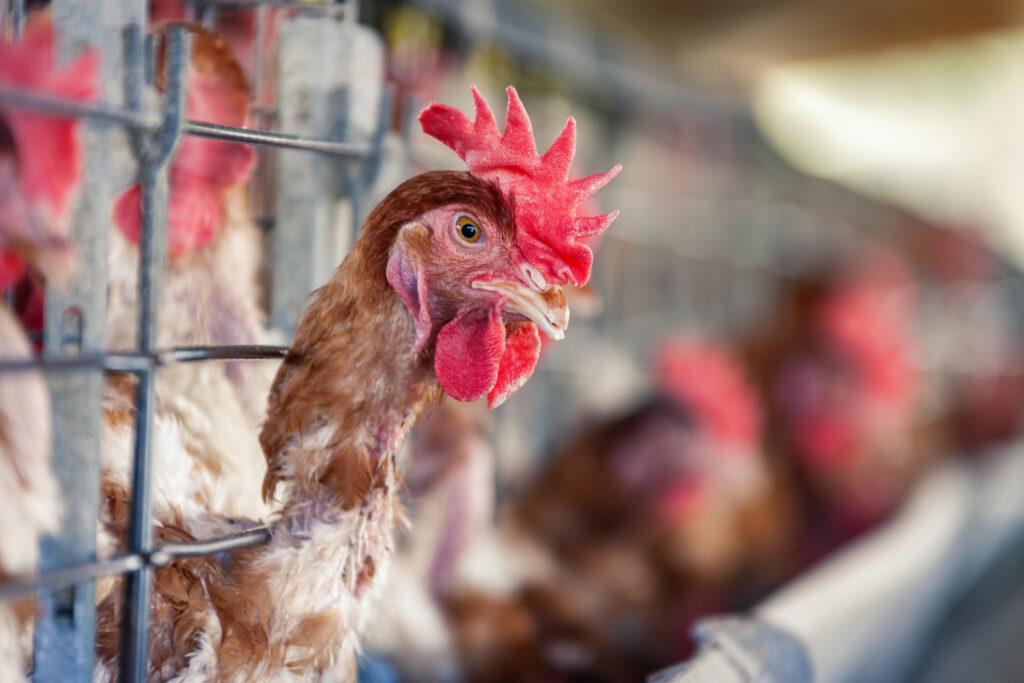
For poultry farmers, an uptick in bird flu cases is nothing short of a nightmare. When the virus is detected in a flock, entire farms often have to cull thousands, sometimes millions, of birds to prevent further spread. The economic losses can be devastating, affecting the food supply chain and leading to spikes in egg and poultry prices at grocery stores. The ripple effects extend beyond farms, impacting food production, exports, and even the livelihoods of workers in the industry.
Farmers rely on strict biosecurity measures to reduce the risk of infection, from limiting contact between wild and domestic birds to disinfecting equipment and restricting farm visitors. However, when migrating birds are shedding the virus in the environment, even the most rigorous precautions may not be enough. Each spring, the poultry industry watches migration patterns closely, hoping to prevent outbreaks before they spiral out of control.
4. The Risk to Wild Bird Populations

While much of the focus is on domestic poultry, wild birds also suffer significantly from avian flu outbreaks. Infected birds may become lethargic, disoriented, or unable to fly, making them easy prey for predators. Some species experience mass die-offs, which can have long-term consequences for bird populations, particularly endangered species that are already struggling due to habitat loss and climate change.
Shorebirds and raptors are especially vulnerable. Birds of prey, such as bald eagles and hawks, can become infected after consuming sick waterfowl. Scavengers like vultures and crows also face high risks when they feed on infected carcasses. As the virus continues to spread, conservationists worry about its impact on ecosystems, where every species plays a vital role in maintaining balance.
5. Potential Risks for Humans
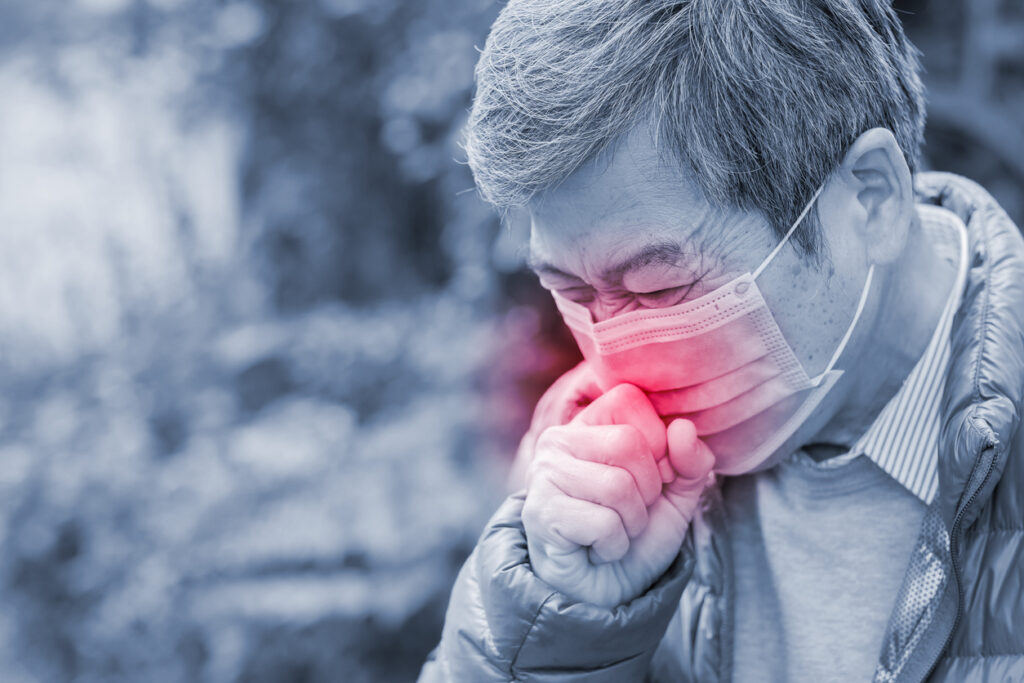
While avian flu primarily affects birds, the possibility of human infection is a concern, especially for those who work closely with poultry or handle wild birds. The virus does not easily spread to humans, but when it does, the consequences can be severe. Past cases of human infection have resulted in serious respiratory illnesses, and in rare instances, fatalities. Scientists continuously monitor mutations in the virus, fearing that one day it could evolve to spread more easily between people.
The good news is that human infections remain extremely rare, and most people are not at risk from casual exposure. However, health experts recommend that those handling birds—whether in farms, wildlife rescues, or hunting scenarios—take precautions such as wearing gloves and masks. While widespread human transmission hasn’t happened, history has shown that viruses can change rapidly, making constant surveillance necessary.
6. What Pet Owners Should Know

With bird flu cases rising, pet owners might wonder if their animals are at risk. While dogs and cats rarely contract avian flu, there have been documented cases, particularly in pets that had direct contact with infected birds. Outdoor cats that hunt wild birds or dogs that scavenge carcasses are the most vulnerable, though the overall risk remains low.
To protect pets, veterinarians advise keeping cats indoors during peak migration seasons and supervising dogs when they are outside in areas where wild birds gather. Feeding pets well-cooked poultry instead of raw meat also minimizes the chance of exposure. While avian flu is unlikely to become a widespread problem for pets, awareness and simple precautions can help reduce any potential risks.
7. How Scientists Track Outbreaks
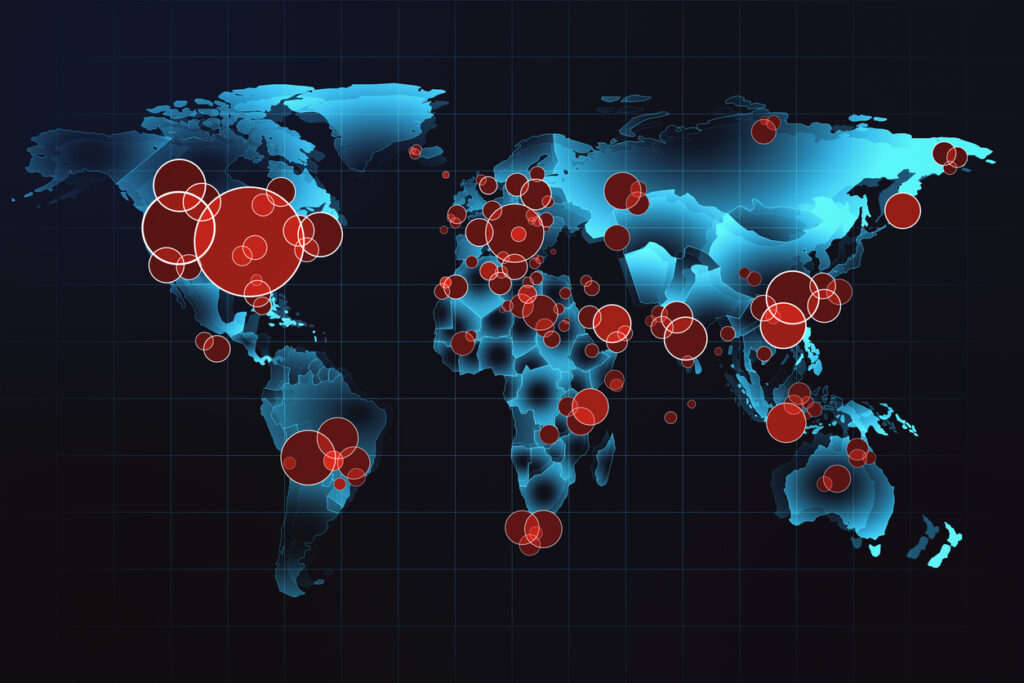
Tracking avian flu is no easy task, but scientists rely on a combination of technology, fieldwork, and global collaboration to monitor its spread. Satellite tracking of migratory birds provides valuable insight into where the virus might travel next, allowing researchers to anticipate potential outbreaks. In addition, wildlife agencies collect samples from birds at high-risk locations, such as wetlands and refuges, to detect infections early.
Genetic sequencing also plays a crucial role in understanding how the virus evolves over time. By studying different strains, scientists can identify mutations that might make the virus more dangerous or capable of jumping to new species. This data helps governments and health organizations make informed decisions about containment strategies and vaccination research.
8. Steps to Prevent Future Outbreaks

While avian flu will likely never be eradicated, there are steps that can be taken to reduce its impact. Strengthening biosecurity measures on poultry farms remains a top priority, as most large outbreaks start when the virus jumps from wild birds to domestic flocks. Simple actions like covering feed, maintaining clean water sources, and limiting outside visitors can help reduce the chances of infection.
Beyond farms, protecting wetlands and natural habitats is essential. Healthy ecosystems allow migratory birds to spread out instead of congregating in overcrowded areas, which can help slow transmission. Public education campaigns can also encourage birdwatchers, hunters, and outdoor enthusiasts to report sick or dead birds, helping authorities respond more quickly to potential outbreaks.
9. Could Vaccines Help?

Developing an effective avian flu vaccine for birds is a major focus of research, but there are challenges. The virus mutates frequently, meaning vaccines must constantly be updated, similar to the flu shots humans receive each year. Some countries have experimented with poultry vaccines, but large-scale implementation is difficult due to cost and logistics.
For humans, flu vaccines do not protect against bird flu strains, but researchers are keeping a close watch on any potential crossover threats. In the event of a major outbreak affecting people, governments have emergency plans in place to fast-track the development of a targeted vaccine. Until then, prevention remains the best strategy for keeping both birds and humans safe.
10. What You Can Do
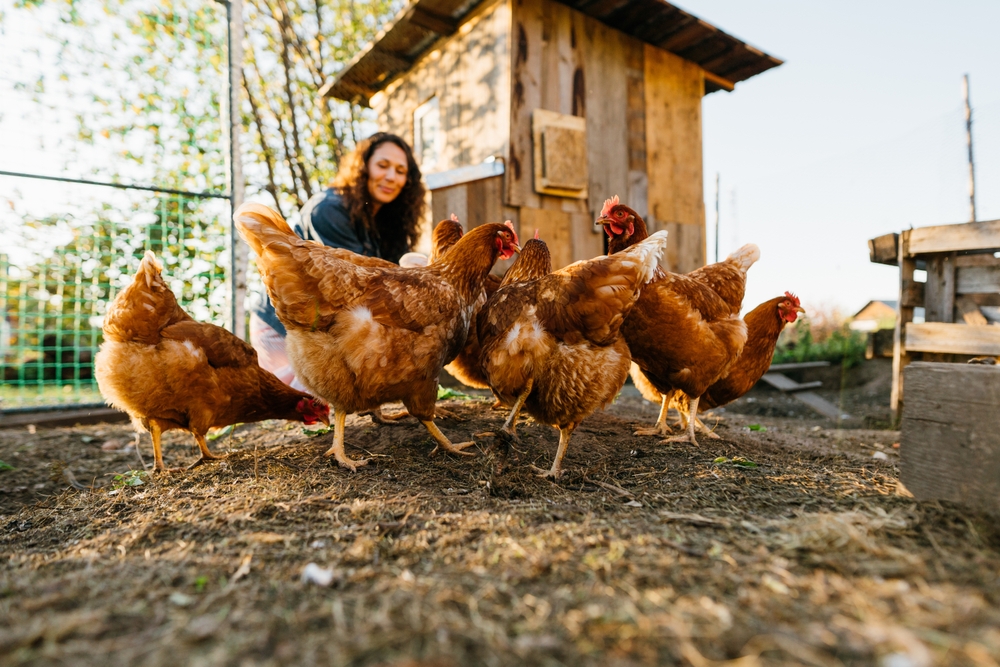
Even if you don’t work with birds or own poultry, there are ways to stay informed and contribute to the effort against avian flu. Keeping an eye on local wildlife reports can help you identify any unusual bird deaths in your area, which should be reported to wildlife officials. If you enjoy feeding backyard birds, regularly clean feeders and water sources to reduce disease transmission.
Supporting conservation efforts also plays a role in keeping bird populations healthy. Organizations that protect wetlands and migratory corridors help minimize the spread of disease by giving birds better environments to thrive in. By staying aware and making small changes, everyone can help reduce the impact of avian flu while continuing to appreciate the beauty of birds during migration season.


